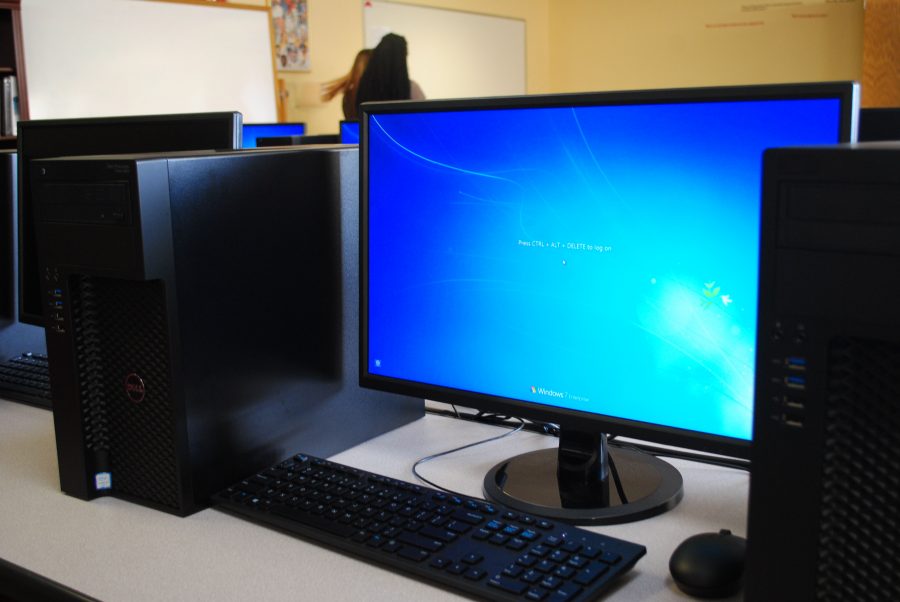Everything but You(Tube)
Blocking of YouTube does more harm than good
As students flooded into the library to pick up their laptops over the summer, they may have noticed something new. That something was the new computer lab put in the far corner of the library featuring 26 Dell computers. Despite a shiny new computer lab, not all technology changes have been made quite as obvious to the students.
While large scale changes are apparent to the students and staff, many behind-the-scene changes are not. The most major and unexpected change to the technology at Freedom was the blocking of the popular video sharing website known as YouTube. For those who are unfamiliar with YouTube, this website allows users to upload and stream videos from content creators all over the globe.
A website as versatile and advanced as YouTube has managed to find its way into teachers’ curriculum. For example, in Mr. Aaron Fitzpatrick’s CCBC American Literature class, a project revolved around finding videos from YouTube and using them, as well as audio clips, to create a “soundtrack” of the students’ lives. This left many students unable to complete portions of their project in class and added to many students’ already busy schedules.
Another problem students and faculty have experienced is that our school’s’ daily news is published on YouTube. Faculty members have been given access to YouTube, but in classrooms without a laptop or projector, many students are left uninformed of upcoming school events or important information. For example, student athletes rely on Dog Television to know ahead of time when their sports team is dismissed or if practice has been canceled for the evening.
While YouTube does have great educational value, with users producing exceptional content such as Crash Course, Vox, Veritasium and Vsauce, it can also serve as a distraction to students, as some of its content is not appropriate for an educational environment. However, this problem of having mixed educational and non-educational content can be easily solved because every video watched on YouTube registers as a separate search.This means that while students will have access to all of the content on YouTube, inappropriate searches as well as any non school related content should raise a red flag for our internet filters.
When students graduate from FHS and move on to postsecondary education or the work force, they will encounter complete freedom on the internet, and with that freedom comes great responsibility. Although there is no room for non-school appropriate content in a place of learning, students should not be babysat and told what they can and cannot do. By micromanaging every student’s internet activity, we aren’t teaching them how to be responsible and have a healthy work ethic, but rather we are doing the complete opposite.
According to Richard Arum, author of “Judging School Discipline The Crisis of Moral Authority”, schools with low amounts of disciplinary action for violations see a decrease in test scores as well as student attendance and an increase in fights and dropouts. The same holds true for schools with incredibly rigid standards for disciplinary action as students are more likely to rebel at home as well as in the classroom. Arum warns against parents and staff hovering over students and that a comfortable middle ground should be found where students are still held accountable for their actions while having more freedom and responsibilities.
As technology continues to change, so should our schools regulations of it. While an outright block of YouTube may seem like the most straightforward and easy way of dealing with students becoming distracted in class, there are other solutions that may present themselves in a less detrimental way.



